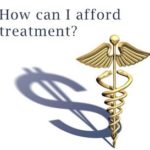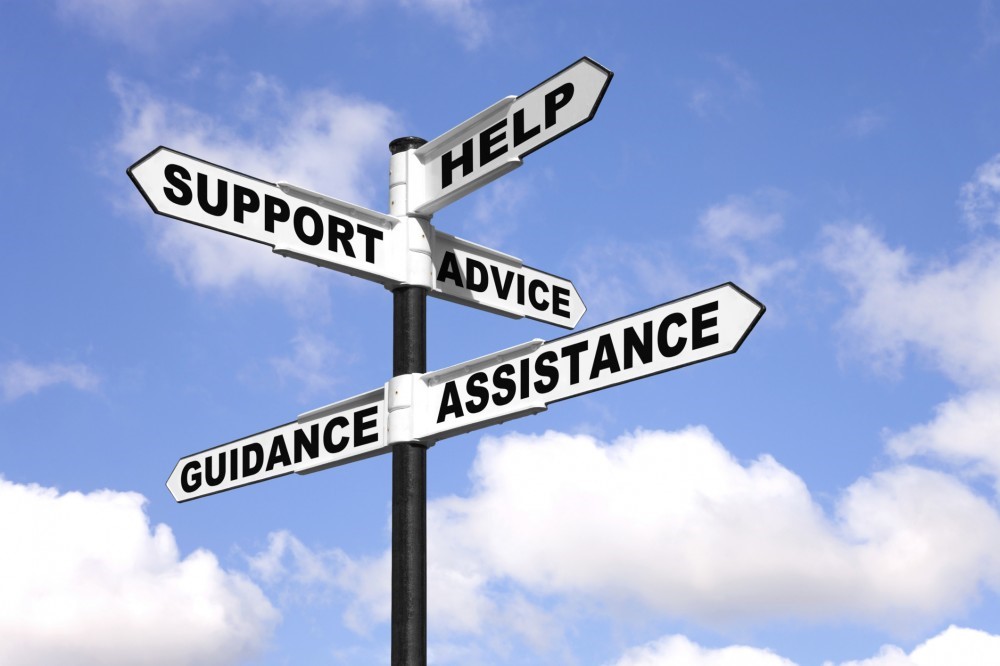The Cost of Substance Abuse Treatment
MAKING THE RIGHT CHOICE
Choosing the best rehabilitation facility can be difficult. With so many options to select from, it can be tempting to just pick the program with the least amount of days and lowest cost that you can find. While most facilities are similar, there are some differences that can play a vital part in the success of your recovery. It is important to take some time and weigh your options before making a decision on which treatment program is right for you.
be difficult. With so many options to select from, it can be tempting to just pick the program with the least amount of days and lowest cost that you can find. While most facilities are similar, there are some differences that can play a vital part in the success of your recovery. It is important to take some time and weigh your options before making a decision on which treatment program is right for you.
PROGRAM LENGTH MATTERS
Studies have shown that inpatient rehabilitation facilities are the most effective and medically sound way to treat addiction. While 30 day programs used to be considered the norm, recent research is revealing the tremendous benefits of longer-term programs. According to the National Institute on Drug Abuse (NIDA), outcomes for residential treatment programs are more successful when an individual participates for 90 days or more. The NIDA recommends even longer-term treatment (either as an inpatient or through an outpatient recovery plan) to maintain sobriety.
Both the National Institute on Drug Abuse (NIDA) and the Centers for Disease Control (CDC) advise that people who wish to have a successful recovery should enroll in a program that is at least 90 days in length. The CDC even goes on to say that a drug treatment’s program length is one of the most important indicators of whether or not a substance abuse rehabilitation and recovery program will be successful.
Cost of Care
The cost of treatment at an inpatient rehabilitation center can range from $2,000 – $25,000 for 30 days. To break that down, that is a cost of $67 – $833 per day. Considering that statistics recommend a minimum of 90 days, this leads to a cost of $6,000 – $75,000 for a program of the most desirable length. Any time you are considering spending that kind of money on something, it is a good idea to know what you are getting for your money.
Levels of care
A good way to compare the costs of treatment centers is to look at the level of care which they provide. There are generally three levels of care: BASIC, STANDARD, and PREMIUM. The following will include average prices and services provided for a 90 day inpatient program at that level of care.
BASIC
- $6,000 – $21,000
- Intake/assessment/evaluation
- 24 hour supervision
- Bed/dresser/multiple roommates
- Required to do daily chores
- 3 meals daily
- On-site laundry facilities
- Daily group counseling and addiction education
- Access to counselors for guidance
STANDARD
- $30,000 – 60,000
- Treatment planning
- Dual Diagnosis friendly
- 24 hour supervision
- Bed/dresser/1 roommate
- Required to do daily chores
- 3 meals daily
- On-site laundry facilities
- Individual counseling twice per week
- Weekly individual therapy with a high-level clinician
- AA/NA meetings and 12-step work
- Outside activities and weekend activities
- Access to a gym
- Aftercare planning and sober living opportunities
_________________________________________________________________________________________________________________________________________________________________________________________________________
PREMIUM/LUXURY
- $75,000 and up
- Treatment planning
- Dual Diagnosis friendly
- Medical/physical evaluation/24-hour access to medical staff
- 24 hour supervision
- Private room
- No daily chores
- Maid and laundry service
- 3 meals daily
- Individual counseling with a counselor/therapist daily
- Weekly individual therapy with a high-level clinician
- AA/NA meetings and 12-step work
- Outside activities and weekend activities
- Access to a gym and yoga/fitness classes
- A variety of expressive therapies such as art, music, and equine therapy
- Lifestyle practices – healthy lifestyle counseling, spiritual well-being
- Holistic treatments: acupuncture, homeopathic medicine, herbal medicine naturopathic options
_________________________________________________________________________________________________________________________________________________________________________________________________________
EAGLE CREEK RECOVERY CENTER
- $4,000
(Your generosity reduces this amount)
- Treatment planning
- 24 hour supervision
- Bed/closet/multiple roommates
- Required to do daily chores
- 3 meals daily
- On-site laundry facility
- Weekly individual counseling (more if necessary)
- Healthy lifestyle training: Bible-based spiritual well-being, anger management, communication skills, leadership training
- 12-step work
- Daily group counseling and addiction education
- Outside activities: volleyball, basketball, horseshoes
- Activity center: pool table, ping-pong, board games
- Weekend activities
- On-site gym/fitness center
- Aftercare planning
- Transitional sober living house available on-site

cost of addiction
personal cost
With the cost of treatment so high, why is it even worth considering spending that kind of money on something that has no guarantee of working? The answer is that the cost of treatment pales in comparison to the cost of continued addiction. While it is difficult to put an exact figure on the cost of addiction due to the many variables that can affect that number, the cost of addiction to the individual is estimated to range from $20,000 – $100,000 (and up) per year. The following is just a sample of the things, aside from the actual amount spent on drugs and alcohol, which cause addiction to be so expensive:
- Medical problems
- Legal problems
- Lost/damaged property
- Marital problems/Divorce
- Lost wages
COST TO SOCIETY
According to the National Institute on Drug Abuse (NIDA), Illegal drug and alcohol abuse cost the United States more than $484 billion per year. This is more than diabetes and cancer combined. In the case of those who have had a problem with addiction, it is estimated that treatment reduces drug use by 40 – 60%, reduces repeat arrests by up to 40%, and increases employment by 40%. Conservative estimates reflect that for every $1 invested in treatment yields a return of $4 – $7 in reduced drug-related crime, criminal justice costs, and theft alone. When healthcare savings are included, total savings can exceed costs by a ratio of 12 to 1.
As you can see, the money saved by not using drugs and alcohol will soon cover the cost of treatment not only for the individual (and their family) but for their community as well. The cost of treatment is not just money spent, but an investment in life. Don’t let the cost stop you from getting help, and don’t short change your recovery by picking a program that might not give you the help you need.

